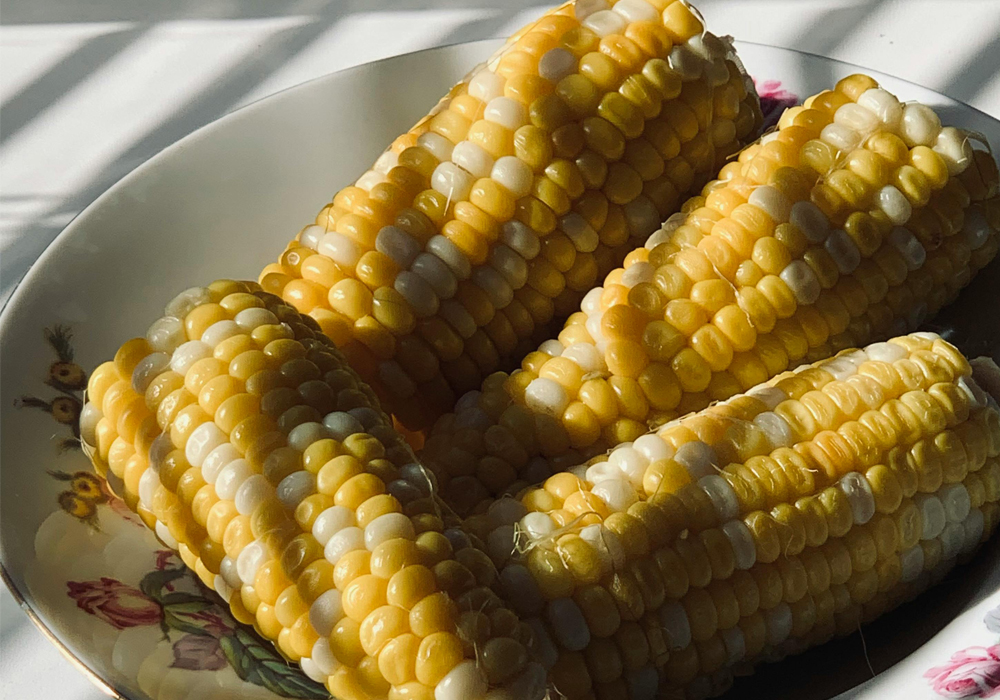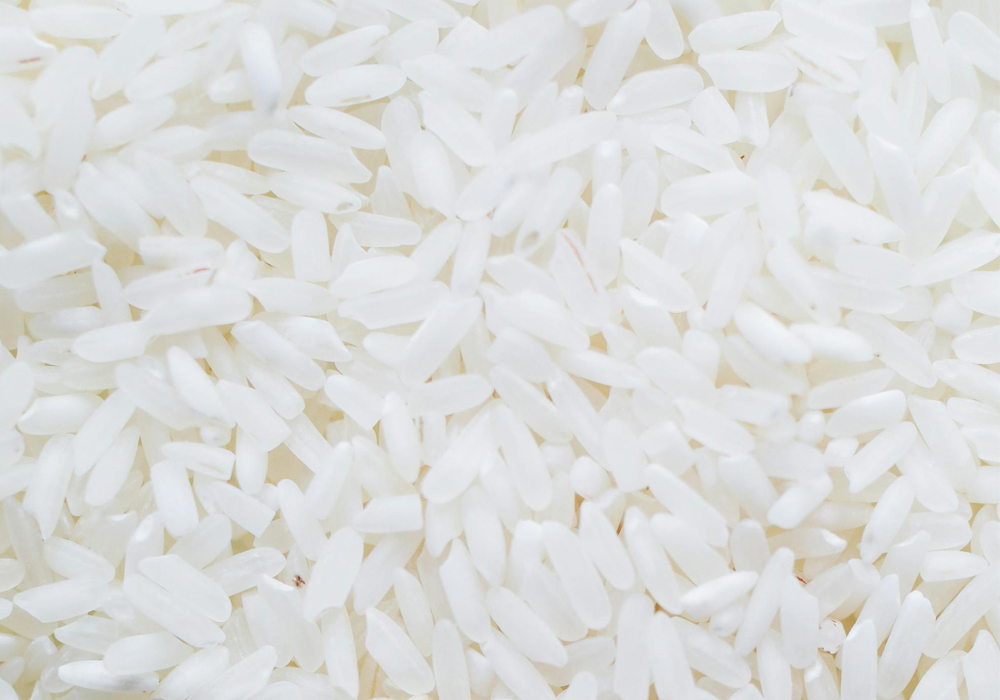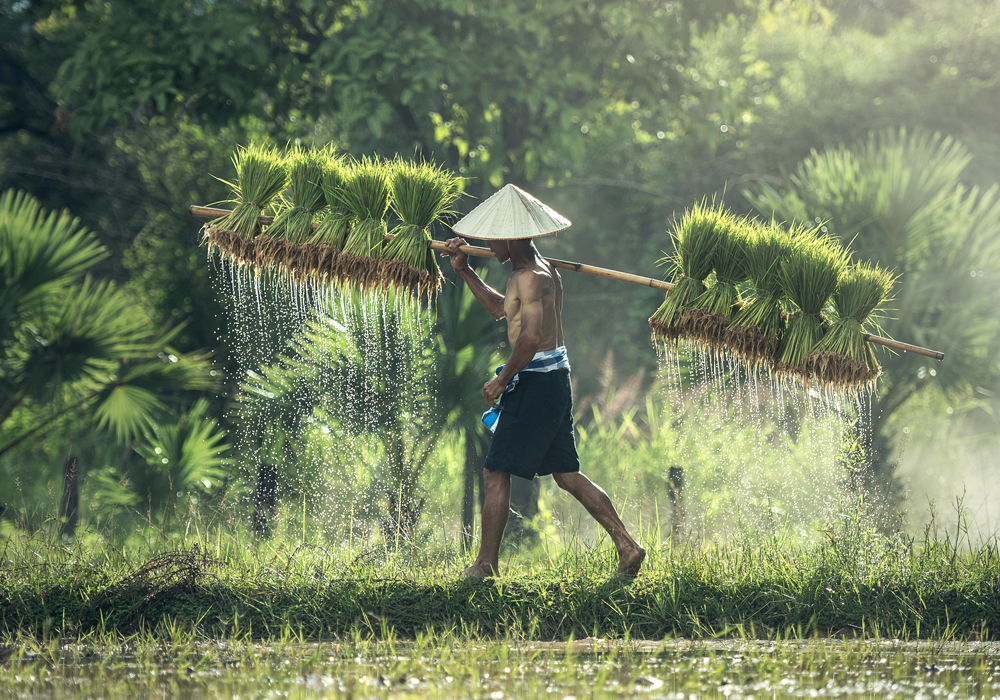Indonesian Staple Foods. How many staple foods does Indonesia have? Well, if you thought it was just rice, bless your heart, you’ve clearly underestimated this vast archipelago! While rice reigns supreme like a fluffy, carbohydrate king, it’s often joined by two other loyal subjects: cassava (singkong) and sago (sagu).
This trio forms the primary edible foundation, though in specific, proud regions, corn (jagung) and certain tubers also step up to the plate. It’s a culinary democracy, where everyone gets a turn… eventually!
The Geographic Game of Gastronomy: Location, Location, Food!
Does everyone eat the same staples everywhere? Absolutely not! That would be boring, and Indonesia is anything but. Imagine trying to give a Papuan person a tiny, rice-only meal when they are expecting a hearty sago paste, or telling a Javanese grandma her rice field is overrated! Rice dominates Java, Bali, and much of Sumatra, thanks to perfect volcanic soil and established traditions.

Meanwhile, cassava shines as a key backup or primary food source in drier areas like parts of Java and Eastern Indonesia. Sago is the undeniable star of Maluku and Papua, where sago palms thrive. This variation isn’t just about picky eaters; it’s a direct result of geography and climate. Simply put, people eat what grows best and easiest in their backyard!
The Secret Ingredient: What Makes Our Staples Sturdy?
What’s actually in these foundation foods? They are primarily powerhouses of carbohydrates—the fuel that keeps the Indonesian spirit running! Rice (the polished white variety) is mainly starch with some protein and vitamins, making it the perfect energy source.

Cassava, the humble root, is almost pure starch and fiber, demanding proper cooking to detoxify and become the delicious, starchy snack we love. Sago is essentially pure starch extracted from the palm’s trunk, often eaten as a thick, gelatinous blob called papeda—a food so jiggly it requires serious chopstick dedication.
Indonesian Staple Foods: What Makes the Staples Sing?
Eating a bowl of plain rice or a blob of sago would be a tragedy, which is why these staples always come with a vibrant supporting cast! These foods are the neutral canvas upon which the real flavors are painted.
Rice is almost universally eaten with a combination of lauk pauk (side dishes) like protein (chicken, fish, egg), vegetables, and, crucially, sambal (chili paste)—the fiery soul of Indonesian food. Cassava might be boiled and served alongside fish or used to make savory chips. Sago (as papeda) is traditionally consumed with a savory, sour yellow fish soup (kuah kuning), providing the necessary flavor contrast to the bland-but-filling starch.
